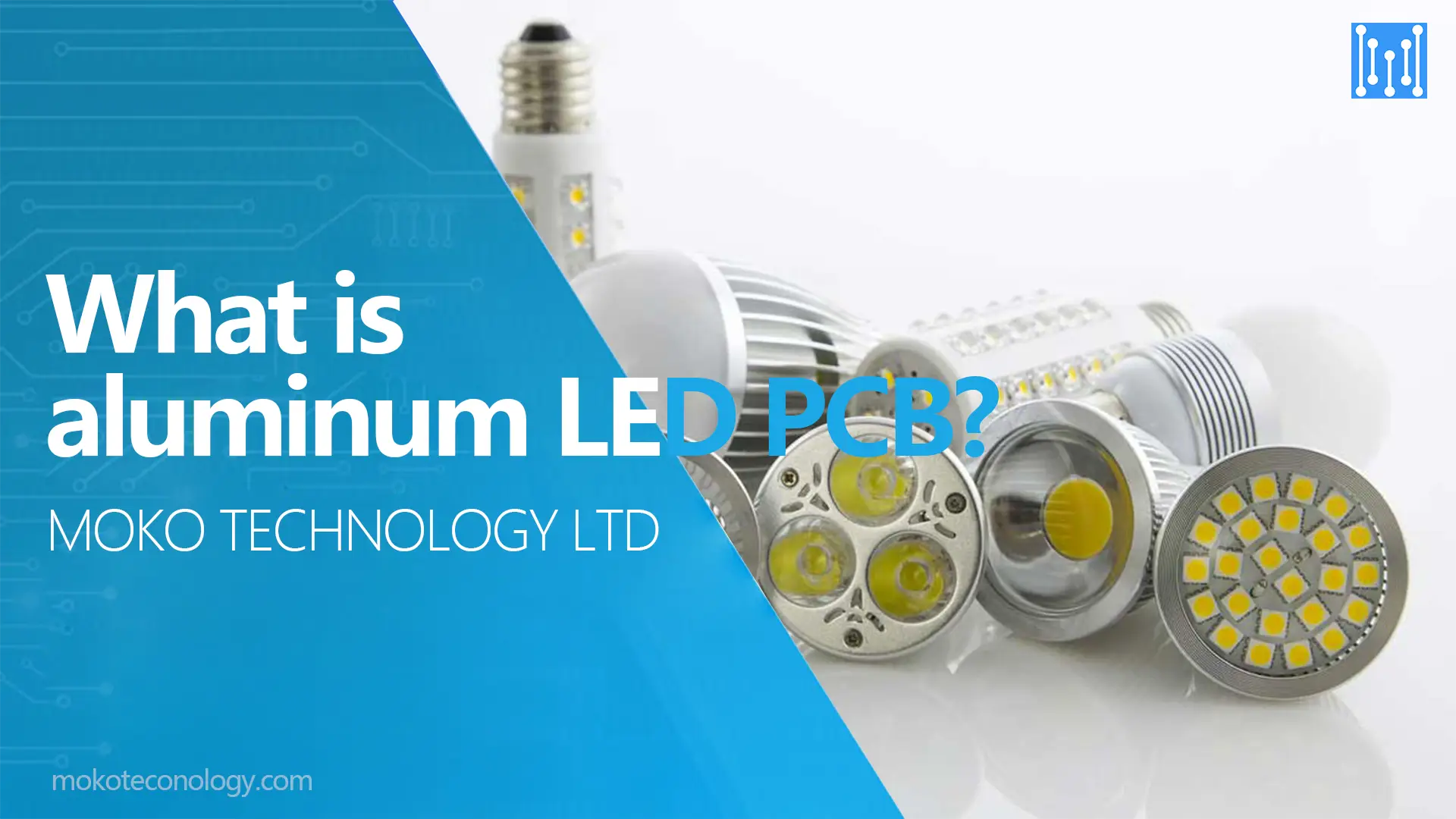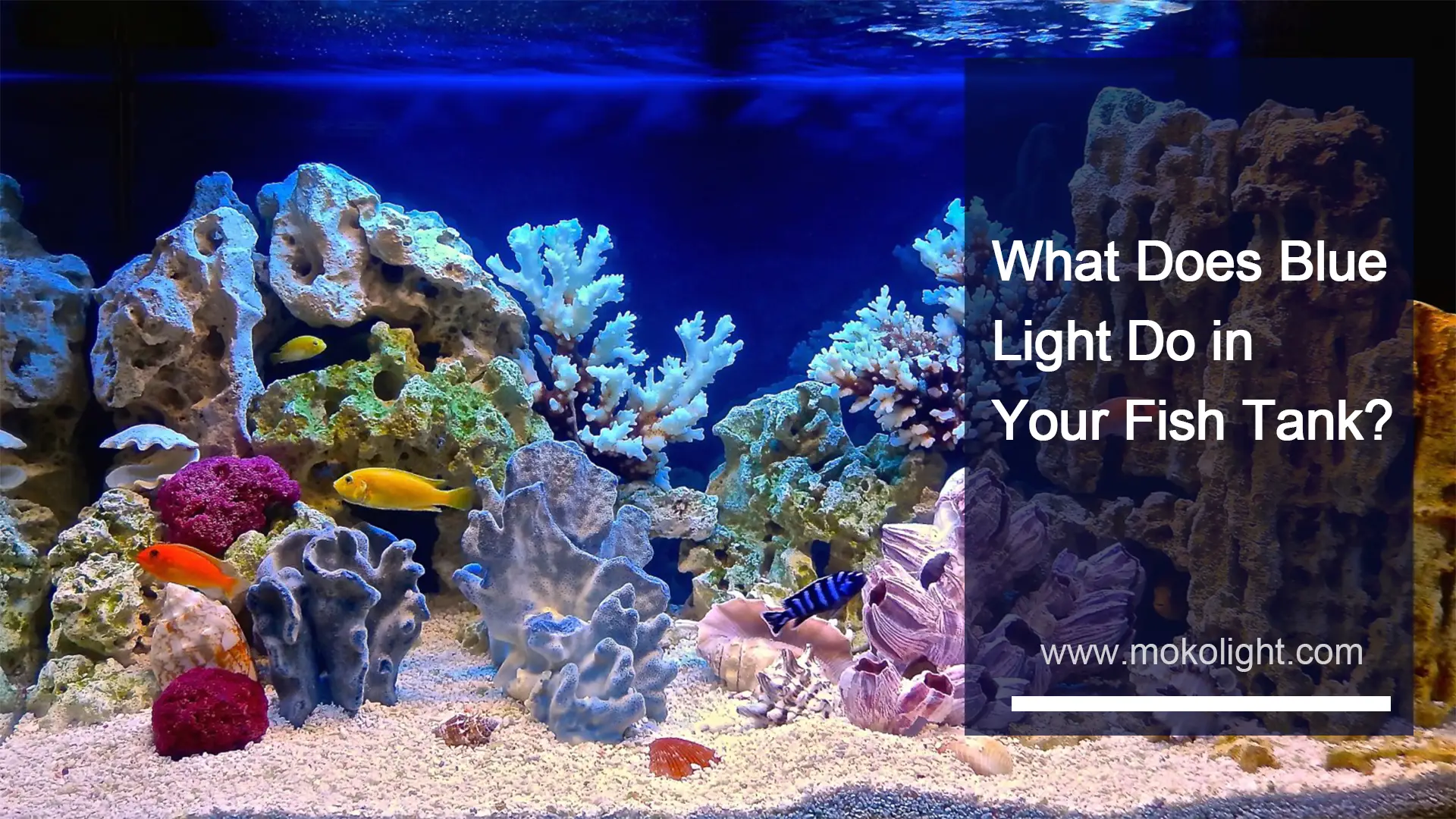With good thermal conductivity and electrical insulation, aluminum Circuit imprimé LED is widely used in a variety of LED lighting projects. It is basically today’s most preferred type of metal core PCBs (MCPCCB) and you can often find them in advanced electronic devices. In this post, we will give you a detailed introduction to what aluminum LED PCBs are. You will learn some basics of aluminum LED PCBs, and know about their applications in our daily life. Is that all? No, there is more knowledge to learn about aluminum LED PCBs. Stay tuned!
Introduction to aluminum LED PCB
Aluminum LED PCB is a unique metal-based copper clad laminate with superior heat dissipation properties and electrical insulation. With the numerous benefits it offers, it has become the most popular and common type of all metal core PCBs (MCPCCB). You may often hear the names like aluminum base, substrat en aluminium, aluminum core, aluminum clad, MCPCCB (Metal Clad Printed Circuit Board), SGI (Insulated Metal Substrate) and thermally conductive PCBs. Now you will no longer feel strange to them, because you already know that they are all synonymous with aluminum PCB.
Aluminum LED PCB typically consists of an aluminum core and standard FR4 laminate. It features a thin layer of thermally conductive dielectric material that helps efficiently dissipate heat and cool components, while increasing the lifespan and overall performance of LED devices.
Since its development in the 1970s, the application of aluminum LED PCB has increased dramatically and is especially prevalent in applications involving tight tolerances and high power. It is currently regarded as an ideal solution for high-power applications such as Lampadaires LED, LED élèvent des lumières, LED high bay lights, automotive lighting, household lighting, etc..
Why do manufacturers use aluminum in circuit boards?
Many manufacturers highly favor aluminum LED PCBs primarily due to several reasons below. D'abord, the emergence of aluminum LED PCB technology has catered to the surging demand for electronic manufacturing. Aluminum PCBs are ideal for applications requiring good heat dissipation and temperature control capabilities.
Aluminum is known for delivering exceptional heat dissipation performance. It can keep key components on the board cool by removing heat in an efficient manner. Donc, it helps reduce the risk of circuit failure due to overheating. De plus, it offers higher durability compared to fiberglass or ceramic bases, which improves the service life and performance of LED devices.
Basic structure of aluminum LED PCB
Aluminum LED PCBs are made from aluminum base Copper Clad Laminate (CCL) as the base material. Very similar to FR4 LED PCBs, the basic structure of aluminum LED PCBs is divided into four layers: metal copper foil, dielectric layer, aluminum base layer and aluminum base membrane.
Copper foil layer
The copper layer (typically using electrolytic copper foil) est 1 à 10 ounces (oz) thicker than normal CCLs. To enable assembly and connection of the LED device, the manufacturer etches the circuit copper layer to form a printed circuit. Compared with an FR4 stiffener, the aluminum substrate processes higher current carrying capacity under the premise of the same thickness and line width.
Dielectric layer
The dielectric layer is the core part of the aluminum substrate with a thickness of 50 μm to 200 μm. This layer mainly plays the role of insulation, bonding and heat dissipation. Its characteristics of low thermal resistance and high thermal conductivity make the device suitable for its application. It keeps the operating temperature of the device low, thereby extending the lifespan of the device.
Metal substrate
Choosing which metal to use as the substrate requires comprehensive consideration of cost, thermal conductivity, strength, firmness, weight, thermal expansion coefficient, and more importantly, thermal conductivity. In terms of cost and technical performance, there is no doubt that an aluminum plate is the best choice. Cependant, if the application requires higher thermal conductivity or mechanical properties, you can also use copper, iron, stainless steel and silicon steel plates.
Metal base membrane layer
The base membrane is made of an aluminum alloy substrate, and its thickness is usually 1mm. The membrane is selective and acts as a protective layer that defends the aluminum surface against unwanted etching and scraping. There are two types of coating: either below 120 degrees or around 250 degrés.
How is aluminum LED PCB manufactured?
The difference in manufacturing LED aluminum PCB is that the manufacturer needs to add a thin layer of dielectric between the base layer and the circuit layer. The dielectric layer plays the role of electrical insulation and thermal conductivity. Afterward, the manufacturer etches the circuit layer or the copper foil to offer you the desired pattern. With the help of the thin dielectric layer, the metal base aids in transferring all the heat away from the circuit.
Application areas of aluminum LED PCB

Due to the numerous advantages aluminum LED PCB offers, we can find their common use in a broad variety of devices. The following are its main application areas, including but not limited to:
- Signal Beacons
- Surgical Lighting Tools
- High-Power Scanners
- Automotive Dashboards
- Power Transmission Systems
- Interior Lighting
- Medical Operating Theatre Lighting
- Power Converters
- Landscape Lighting
- Tail Light Assemblies
A présent, you probably have a deeper understanding of what aluminum LED PCB exactly is. Then let’s move on to tell you the details about the different types of aluminum LED PCBs.
Different types of aluminum LED PCB
Although there are a variety of aluminum PCBs available on the market, what type of aluminum circuit board to choose ultimately depends on its application. The main aluminum PCB types fall into the following three types:
Through-hole aluminum LED PCB
For highly complex constructions, the manufacturer backfills and pre-drills a single aluminum layer prior to the lamination process. After this process, the core of multilayer constructions is formed. The manufacturer then laminates the thermal materials to both sides of the aluminum with thermal bonding materials. Once lamination is completed, the manufacturer will drill holes on the assembly. Enfin, they will pass the plated-through holes through aluminum clearances to achieve good electrical isolation.
Flexible aluminum LED PCB
Flexible aluminum PCB is composed of polyimide resin integrated with ceramic filters. It is the latest development in aluminum PCBs. The outstanding advantages of these two materials are enhanced flexibility, electrical insulation and thermal conductivity.
When these dielectrics are utilized with aluminum materials, it is cost-effective as you don’t need to buy expensive items like connectors or cables to get the final product. The high level of flexibility allows you to fold, bend or twist the PCB into any desired shape. But one drawback is that once a specific shape is determined, you cannot easily alter or modify the final product.
Hybrid aluminum LED PCB
Hybrid aluminum PCBs are ideal for RF applications. They deliver better thermal performance, especially when applied to standard FR4 products. D'abord, manufacturers need to process non-thermal materials separately. They typically use a two-layer or four-layer construction made of FR4 flame resistant material. A non-thermal material is then bonded with a thermal material and an aluminum base. This bonding offers high stiffness to the aluminum PCB and helps dissipate heat. This non-thermal bonding practice is preferable to using all thermal constituents because it is cost-effective and provides efficient thermal conductance. For the production of this type of PCB, it does not require any assembly or heat sink.
What makes aluminum LED PCBs so popular in various applications?

Aluminum LED PCBs are popular across various industries and individuals because they come with numerous advantages that other PCBs with other metals as base materials do not have. Below I list a few of their benefits.
Écologique
Aluminum is known to be non-toxic and easy to recycle. From manufacturers to purchasers, using aluminum LED PCBs is friendly to the environment and aids in safeguarding our planet. Aussi, compared to ceramic or other metals, aluminum base PCBs are relatively easy to assemble, which is conducive to energy conservation.
Better to dissipate heat
When the circuit board is exposed to high temperatures, there is a risk of burnout due to overheating. It is wise to use a material with good heat dissipation capabilities – aluminum. It can help transfer heat from vital components on the board, which minimizes potential damage to the board.
Durable
Aluminum offers incomparable durability and strength as compared to ceramic or fiberglass bases. Aluminum LED PCBs are sturdy enough to eliminate the risk of accidental breakage that may occur during everyday use and handling as well as throughout the manufacturing process.
Poids léger
In addition to its incredible durability, aluminum is an extremely lightweight metal. Aluminum adds strength and resilience to the circuit board without adding extra weight to the PCB.
Economical
It is very easy and cheap to mine and refine aluminum because it is common in a variety of climates. It is more affordable than other materials such as copper and ceramics, making the cost involved in aluminum LED PCB manufacturing comparatively low as well.
Manufacturing difficulties and solutions in aluminum LED PCB production

Since the manufacturing process of aluminum LED PCB is roughly the same, the following will mainly discuss the difficulties encountered in the production of aluminum LED PCBs and their solutions.
Copper etching
Dans les cas normaux, the manufacturer should use comparatively thicker copper foil in aluminum LED PCBs. If the thickness is more than 3 oz, the manufacturer needs to compensate for the width of the etching. If failure to comply with this standard, the trace width may stay out of tolerance after etching. Donc, for aluminum LED PCB manufacturing, you should precisely control the etching factors, especially the compensation factor.
Solder mask printing
Thick copper foil makes solder mask printing of aluminum LED PCBs quite difficult. The etched image has a vast difference between the trace surface and the base board due to the thick trace copper, thus making solder mask printing so difficult. The manufacturer usually uses two-time solder mask printing and solder mask oil of decent quality to solve this problem. Alternativement, you can handle the resin filling first and then the solder mask.
Mechanical manufacturing
The manufacturing process of aluminum LED PCBs involves mechanical drilling, molding, v-scoring, etc., centered on internal via. To solve the problem of reduced electrical strength in this process, the manufacturer utilizes electric and professional milling cutters for the production of low-volume products. En même temps, the manufacturer has to adjust drilling parameters to prevent burr generation.
Storage conditions of aluminum LED PCB
Aluminum LED PCBs have the disadvantage of getting damp, yellowing and blackening, so remember to store them in a dark, dry environment. If you are using the vacuum package, consider using it within 48 hours once you open it.
MOKOLumière: an experienced aluminum LED PCB manufacturer
Due to its cost-effective, environmentally friendly and durable features, aluminum LED PCB has become a buzzword in various industries today. Aussi, what the exact type of aluminum LED PCB to choose depends on your application and needs. De plus, for good quality, it is of great importance to obtain these boards from an experienced manufacturer or supplier.
Here, you can try to approach MOKOLight – one of China’s latest and most popular aluminum LED PCB manufacturers that can match your custom needs. We are able to complete high-quality aluminum PCB manufacturing at affordable prices within your budget. If you have any questions about aluminum LED PCBs or have design and manufacturing needs concerning the same, get in touch with our experts. We are more than ready to offer you help.




